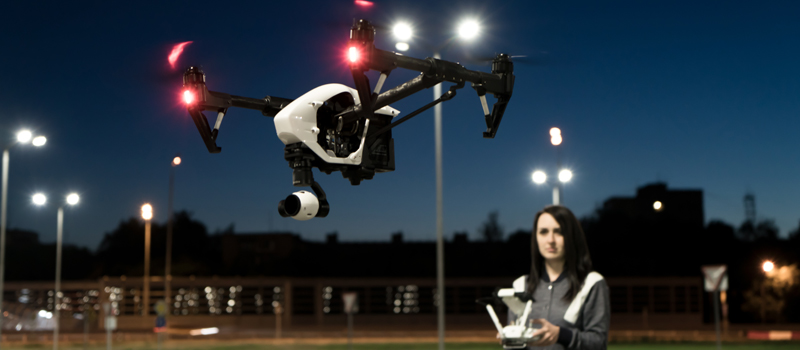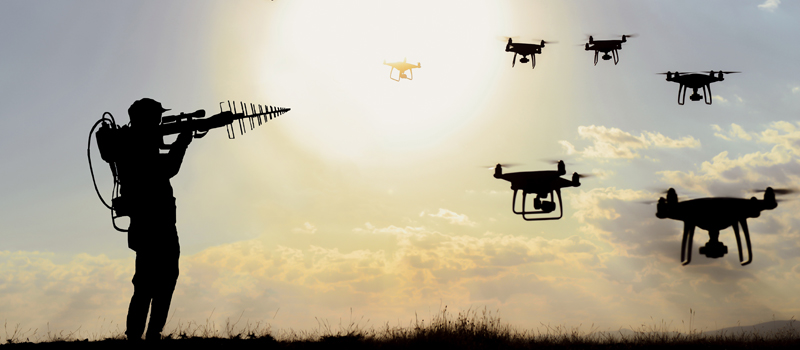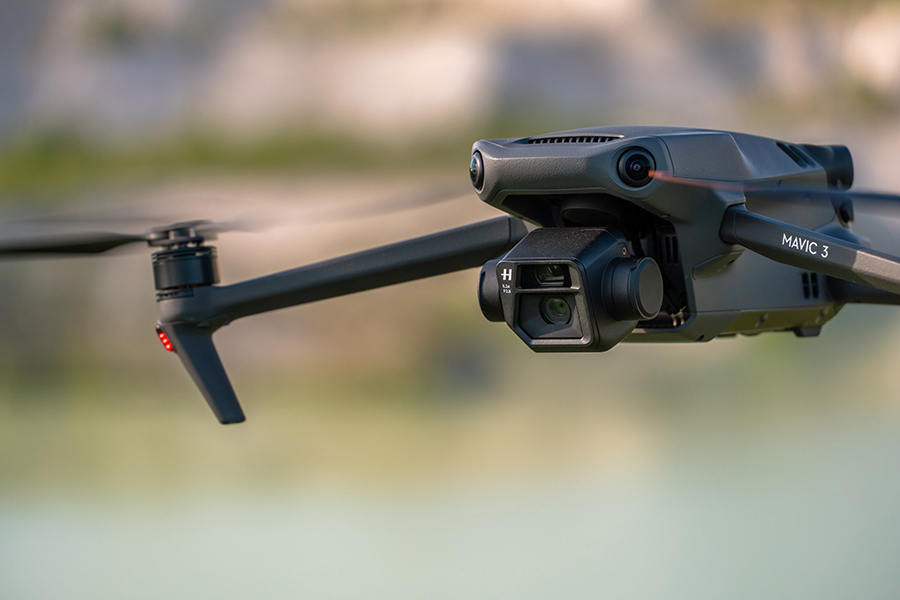-
Covering the basics
- For those who have not taken the knowledge test
- For currently licensed Par 107 drone pilots
- Anti-collision lights are required
-
Some more tips for safe drone flight at night
- 1. Survey the area in daylight
- 2. Plan your operations
- 3. Bring spare anti-collision lights
- 4. Light up your landing site as well
- 5. Fly at higher altitudes
- 6. Complete your pre-flight checklist
-
Final thoughts
Despite a few hiccups, it seems like Part 107-licensed drone pilots will finally be able to fly drones at night without a waiver. This is following changes to the Part 107 rules as proposed and implemented by the FAA. The change has been welcomed by drone pilots and should certainly help the commercial drone service industry.
Being legally allowed to fly drones at night is a completely different matter from doing it safely. If you’ve never tried flying a drone at night, here are some tips for you. We’re also going to cover the basic requirements of the FAA to allow you to fly drones at night without a waiver.
Covering the basics
Starting March 16 (as of the writing of this article), the FAA will start to allow Part 107 drone pilots to fly at night. However, there are a few pre-requisites that pilots need to satisfy.
For those who have not taken the knowledge test
Those who are yet to apply for a Part 107 remote pilot certificate will be taking an updated version of the knowledge test. The new test will include topics related to night operations. With this in mind, it would be prudent to look at training materials that have also included the new topics.
For currently licensed Par 107 drone pilots
Pilots who currently hold Part 107 remote pilot certificates will have to take an online course before being allowed to fly at night. This course will be available on the FAA Safety website and will go live on the same day as the implementation of the new rules. This online course is free.
Anti-collision lights are required
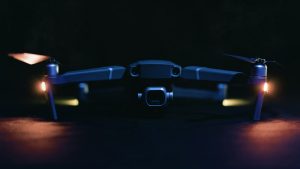
Drone pilots who will fly at night will still be required to have anti-collision lights. These lights will need to be visible for a minimum of 3 statute miles. These are the same requirements that the FAA imposed for those who have been granted waivers for night flight under the old rules. For recommendations on the best anti-collision lights to use, check out the detailed test that our team has done.
Some more tips for safe drone flight at night
1. Survey the area in daylight
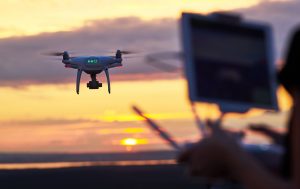
The most important tip we can give is you is to familiarize yourself with your area of operations before flying at night. In the absence of daylight, some obstacles in your area may seem indistinguishable. If it’s impossible to negotiate through these obstacles in darkness, then it might be prudent to transfer to a safer area.
Take this opportunity to set limits on your operational area, map out large structures, and determine a safe cruising altitude for your drone. There is no room for surprises when flying a drone at night.
2. Plan your operations
In the same vein as the previous tip, doing drone operations at night is not the best time to be spontaneous. If you’re doing a job for a client, take the time to plan exactly where you are going and what you’re going to do.
If you’re doing aerial photography, then plan out exactly where you’re going to take your shots. If you need to do surveillance of an area, then you might consider programming a flight path (that you mapped out during daylight) for your drone to follow. When visibility is limited, going off the script carries with it an exceptional level of risk.
3. Bring spare anti-collision lights
Anti-collision lights are key components to safe drone flight at night. Depending on which type you use and how you install them, these lights can help you determine both the attitude and orientation of the drone.
Given how important they are, it would be good practice to keep fully charge spare sets of anti-collision lights whenever you fly at night. Not all anti-collision lights are fully protected against the elements and may conk out at a moment’s notice. When this happens, land your drone as soon as it is safe to do so and swap out a fresh pair of lights.
4. Light up your landing site as well
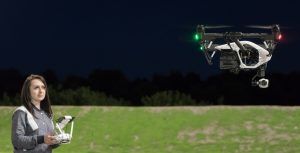
Finding a clean and flat landing site for your drone is important to prevent it from getting damaged during take-off and landing. In addition to using a landing pad, it would be a good idea to place lights on the landing site so you don’t lose track of it in the darkness. A few inexpensive LED camping lights should do the job.
The downside of this approach is that it may cause unnecessary light pollution. If the lights on the ground are too bright, keeping track of your drone against the dark night sky may become harder. If this becomes problematic, it’s fine to turn off the lights in your landing site temporarily.
5. Fly at higher altitudes
When you want to steer clear of any potential obstacles, flying high is a safer option than flying low. Flying at night renders many obstacles invisible. Common culprits are unlighted obstacles like trees and power lines. If your area has a lot of those, then gauge how tall they are and fly above that height as much as possible.
It may not always be possible to remain at a fixed altitude when doing a commercial drone job. If this is the case, a good practice is to dip in and out of the low-altitude zone. Need to take a shot? Reduce your altitude, take the shots you need, and climb up to the safe altitude again.
6. Complete your pre-flight checklist
While you should always be doing a pre-flight check of your drone, it is even more important to do so when flying at night. There is no room for error when doing night operations. You will not want to be caught with faulty GPS signals or a malfunctioning RTH function when you are flying with poor visibility.
Before setting off at night, make sure to check your drone for any signs of mechanical damage and to do a short test flight. Give your drone time to get a good GPS fix and double-check that your RTH parameters are set to your requirements.
Final thoughts
In just a few days, waivers will no longer be a requirement for flying drones at night under Part 107 rules. However, this does not invalidate the risks inherent to night operations. Flying at night severely diminishes visibility – one of the key elements of drone safety.
With this in mind, special safety measures need to be put in place when flying drones at night. All of this (and more) should be covered by the night operations training that the FAA will release soon.
